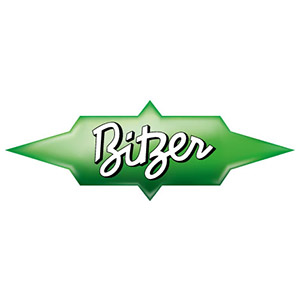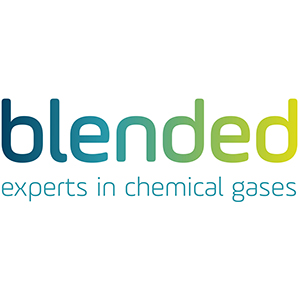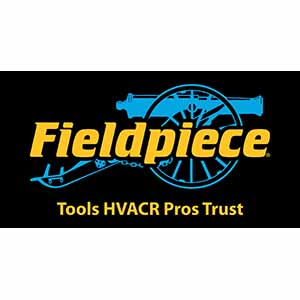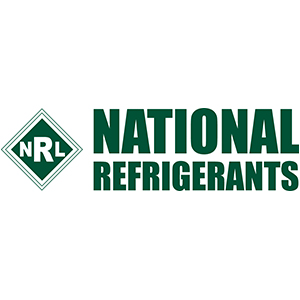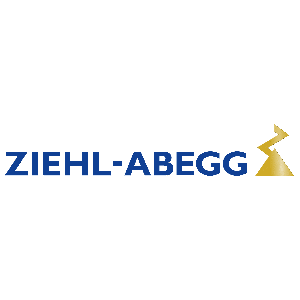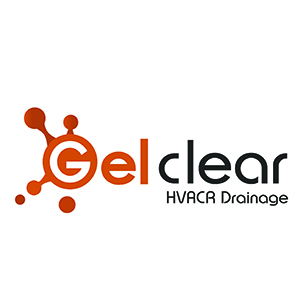World Ozone Day – September 16th
Today, September 16th is World Ozone Day, an International Day for the preservation of the Ozone layer. This year, the UN celebrate 35 years of the Vienna Convention and 35 years of global ozone layer protection with a campaign Ozone for Life
The ozone layer, a fragile shield of gas, protects the Earth from the harmful portion of the rays of the sun, thus helping preserve life on the planet.
The phaseout of controlled uses of ozone depleting substances and the related reductions have not only helped protect the ozone layer for this and future generations, but have also contributed significantly to global efforts to address climate change; furthermore, it has protected human health and ecosystems by limiting the harmful ultraviolet radiation from reaching the Earth.
Life on Earth would not be possible without sunlight. But the energy emanating from the sun would be too much for life on Earth to thrive were it not for the ozone layer. This stratospheric layer shields Earth from most of the sun’s harmful ultraviolet radiation.
Scientists in the late 1970s discovered that humanity was creating a hole in this protective shield. The hole – caused by ozone-depleting gases (ODSs) used in aerosols and cooling, such as refrigerators and air-conditioners – was threatening to increase cases of skin cancer and cataracts, and damage plants, crops, and ecosystems.
The global response was decisive. In 1985, the world’s governments adopted the Vienna Convention for the Protection of the Ozone Layer. Under the Convention’s Montreal Protocol, governments, scientists and industry worked together to cut out 99 per cent of all ozone-depleting substances. Thanks to the Montreal Protocol, the ozone layer is healing and expected to return to pre-1980 values by mid-century. In support of the Protocol, the Kigali Amendment, which came into force in 2019, will work towards reducing hydrofluorocarbon (HFCs), greenhouse gases with powerful climate warming potential and damaging to the environment.
World Ozone Day, held on September 16, celebrates this achievement.
Source: https://www.un.org/en/observances/ozone-day
Ozone for Life: 35 years of Ozone Layer Protection – UNEP’s OzonAction resources
To assist countries in organizing activities for World Ozone Day on 16 September 2020, UNEP’s OzonAction is pleased to share a number of tools that can be used for this event:
1. RAC Technician Videos – Full Length Films!
OzonAction Refrigeration and Air-Conditioning Technician Video Series consists of instructional videos on techniques, security and best practice and flammable refrigerant safety. They are intended to serve as a complementary training tool for refrigeration and air-conditioning (RAC) sector servicing technicians to help them revise and retain the skills they have acquired during hands-on training.
2. GWP-ODP Calculator – Updated and Improved!
The new and updated UNEP OzonAction GWP-ODP Calculator application will help you to convert between values in metric tonnes, ozone depleting potential (ODP) tonnes and CO2-equivalent tonnes of substances controlled by the Montreal Protocol and their alternatives. This application, available at no cost, is particularly useful for National Ozone Officers to assist with understanding and calculating quantities of controlled substances, both pure substances and mixtures, for quota assignment, reporting requirements, etc. Other stakeholders interested in ODP and global warming potential (GWP) values of controlled substances and their alternatives will also find this tool useful.
3. WhatGas?
The OzonAction ‘WhatGas?’ application is an information and identification tool for refrigerants gases: ozone depleting substances (ODS), HFCs and other alternatives.
5. Refrigerant Cylinder Colours – What has changed?
One of the ways in which refrigeration cylinders are quickly identified is by cylinder colour. Although there was never a truly globally adopted international standard, the guideline from the Air-Conditioning, Heating, and Refrigeration Institute (AHRI) although not required by law was used by the vast majority of industry and chemical producers around the world. This guideline was intended to support manufacturers, engineers, installers, contractors and users, and was also widely used by customs and enforcement officers and National Ozone Officers (NOOs) to help identify the contents of cylinders.
6. Updated Refrigerants Designations and Safety Classifications
The purpose of this fact sheet is to provide an update on ASHRAE standards for refrigerants and to introduce the new refrigerants that have been awarded an «R» number over the last few years and introduced into the international market.
7. The Cold Chain Brief Series
The Cold Chain sector has been one of the key consuming sectors in many Article 5 countries since the start of the Montreal Protocol. Within the context of the Kigali Amendment, all Article-5 Parties will face an overlapped in commitments during the period of 2020-2030 where they need to eliminate the use HCFCs while starting to control and curbing the increase in demand for HFCs. The Cold Chain is a sector that will be most affected during this challenging period, noting that the majority of commercially-available technologies in most developing countries, either for commercial or industrial uses, still mostly depends on high GWP HFCs technologies which can significantly affect compliance commitments in the medium and long terms.
Download the policy briefs, available in English | French | Spanish
8. Women in the Refrigeration and Air-Conditioning Industry – Personal Experiences and Achievements
Refrigeration and air-conditioning are crucial for our health, nutrition, comfort and well-being. From prevention of food wastage to preservation of vaccines, from air-conditioning in hospitals to our homes, we increasingly rely on the advances that refrigeration has brought us. However, all around the world the sector has always been a largely male-dominated work environment. The fast-growing sector can offer a wide variety of interesting and fulfilling careers for women as well as men. UNEP OzonAction, in cooperation with UN Women, has compiled a booklet to raise awareness of the opportunities available to women and to highlight the particular experiences and examples of women working in the sector and to recognise their successes. Being aware of these experiences and the opportunities available can encourage and inspire other women to consider similar careers and support girls to seek to follow a career path in this fast growing and important sector. This inspirational document is suitable for wide outreach to the general public, to schools, training centers and those preparing for future careers.
- Cold Storage and Refrigerated Warehouse
- Commercial, Professional and Domestic
- Fishing Vessel Application
- Refrigeration in Food Production and Processing
- Transport Refrigeration
It is intended to provide some stakeholders, including Montreal Protocol National Ozone Officers, customs officers, and refrigeration and air-conditioning technicians with a modern, easy-to-use tool that can be accessed via mobile devices or the OzonAction website to facilitate work in the field, when dealing with or inspecting ODS and alternatives, and as a useful reference tool.
4. The new iPIC Platform
iPIC is a voluntary and informal mechanism of information exchange on intended trade between countries in ozone-depleting substances (ODS) and hydrofluorocarbons (HFCs), mixtures containing these as well as products and equipment. It enables countries to share details of eligible importers and exporters with other member countries through a secure online platform. iPIC has become a global voluntary initiative used by more than 100 like-minded states who wish to strengthen the implementation of their national licensing system for ODS and HFCs.
Source: https://www.unenvironment.org/ozonaction/world-ozone-day-16-september-2020




